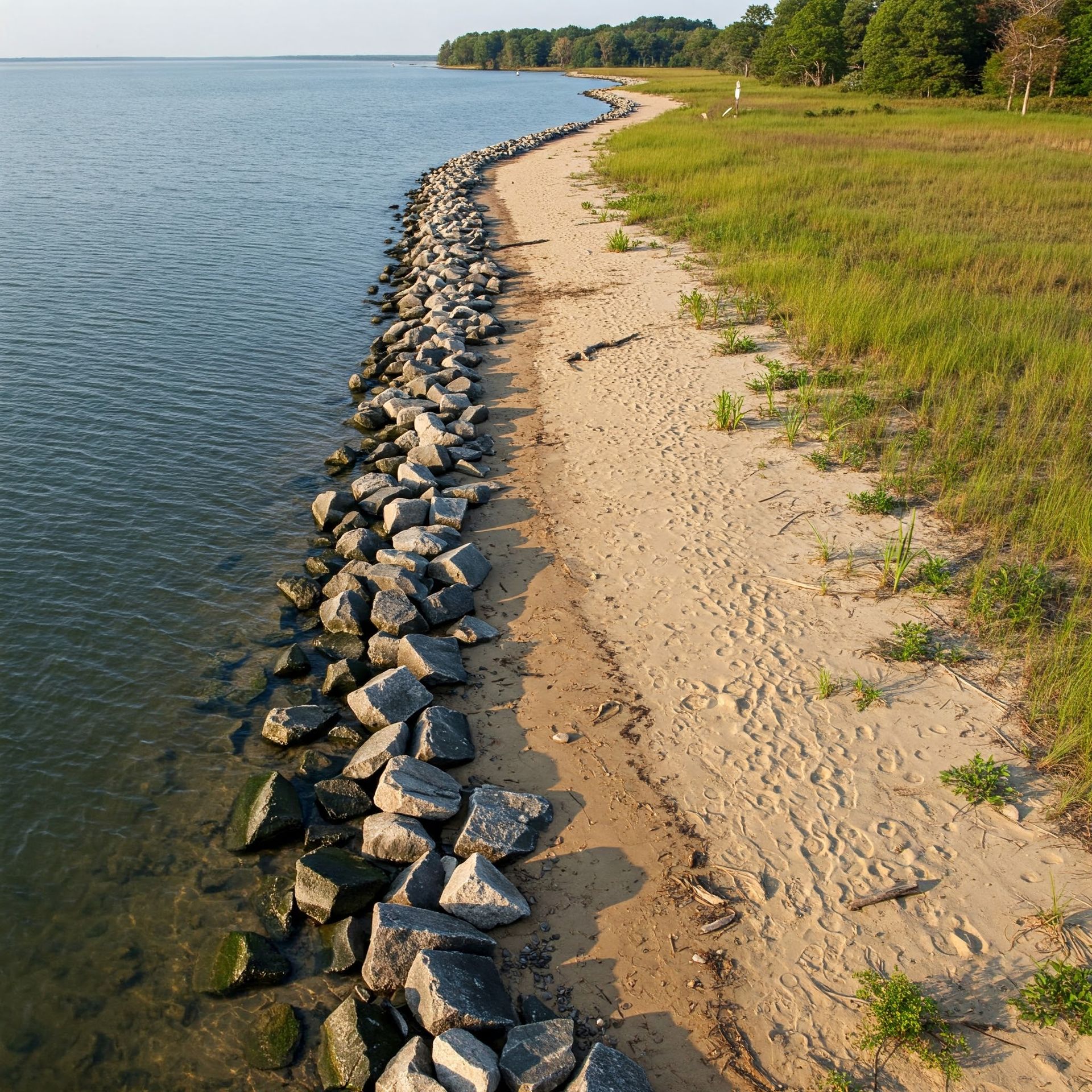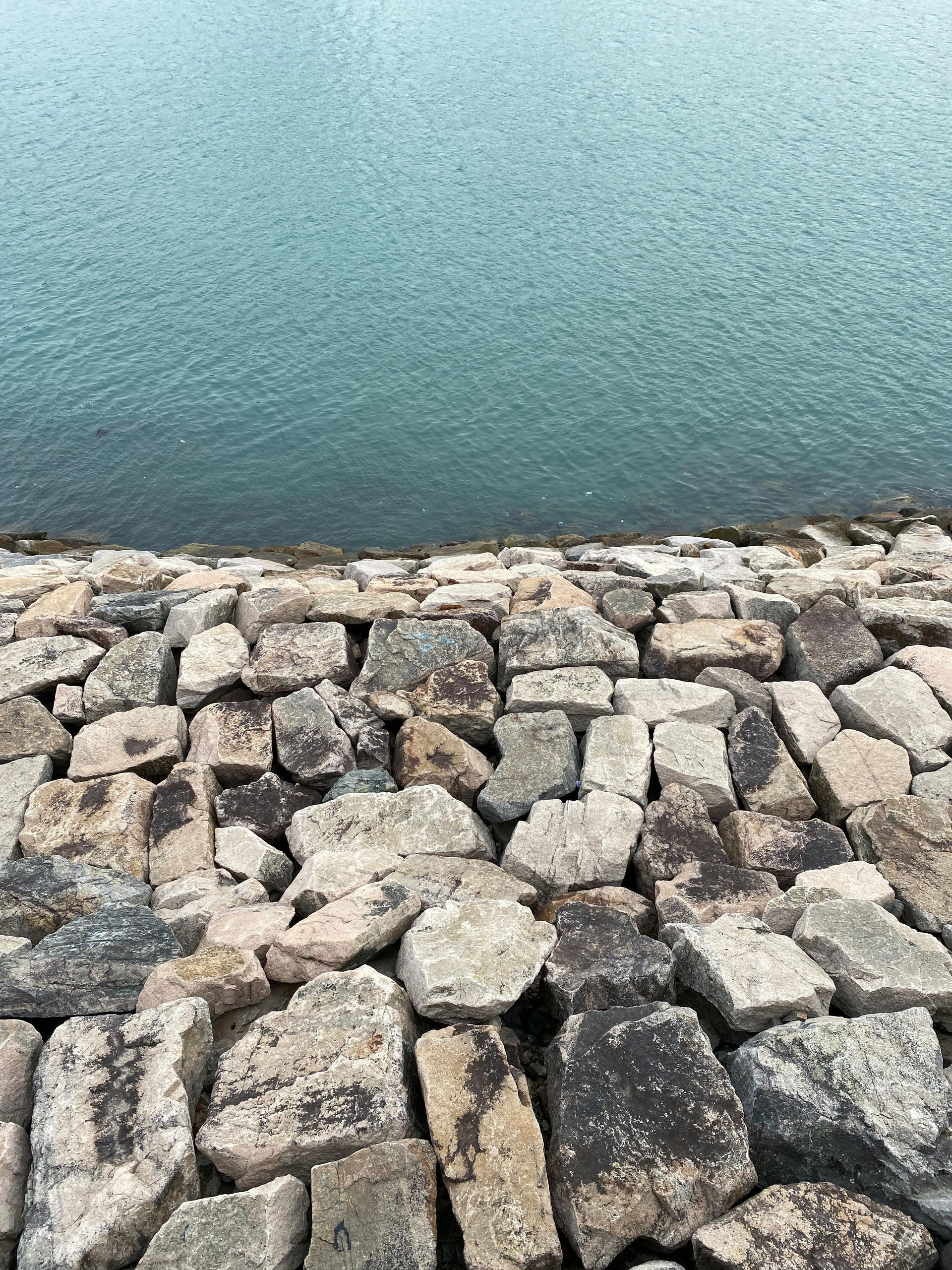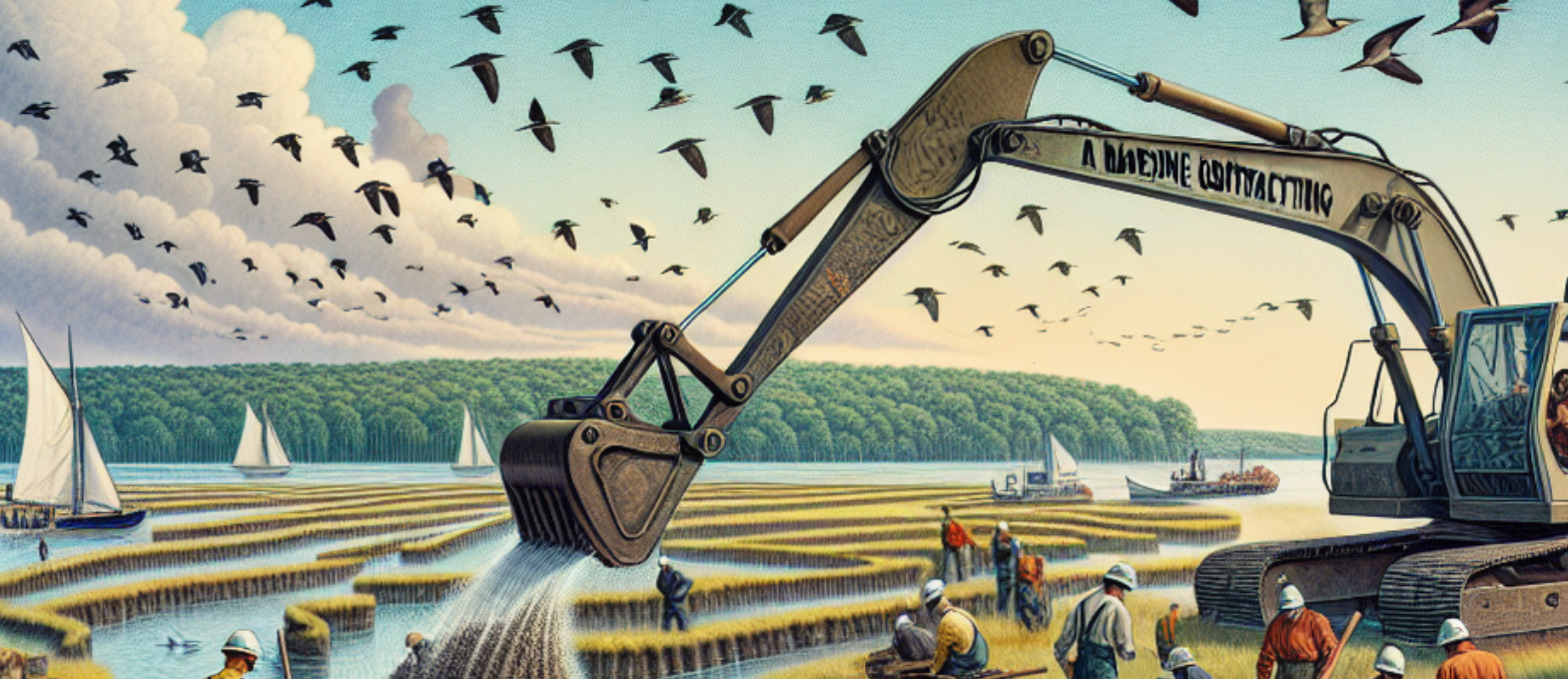Contact Ward's Marine Construction for your next pier, barge or shoreline project.

How Can Shoreline Restoration Protect and Enhance Habitat and Ecosystem Resilience?
Shoreline restoration stands as a vital endeavor in preserving the health of coastal ecosystems and communities, offering a multifaceted approach to mitigating erosion, enhancing habitat diversity, and bolstering the resilience of coastal environments. Through the implementation of innovative restoration strategies and the integration of natural and engineered solutions, shoreline restoration plays a pivotal role in safeguarding the delicate balance of coastal habitats. Let's delve into the transformative impact of shoreline restoration and how it contributes to the improvement of shoreline habitat and ecosystem health.
Preserving Ecosystems and Communities
The significance of shoreline restoration lies in its ability to safeguard the ecological integrity of coastal areas and the well-being of surrounding communities. Erosion and degradation of shorelines pose a threat to vital habitats, disrupting the delicate balance of aquatic ecosystems and leading to a decline in biodiversity. Shoreline restoration endeavors, such as the use of bioengineered materials and innovative habitat restoration techniques, serve as a cornerstone in revitalizing eroded shorelines and creating a stable and diverse environment. By promoting the re-establishment of vegetation and providing a foundation for the preservation of native wildlife, shoreline restoration fosters the resilience of coastal ecosystems and supports the vitality of surrounding communities.
Living Shorelines: A Novel Approach
The emergence of living shorelines represents a paradigm shift in coastal restoration, offering a holistic approach that integrates habitat restoration with built infrastructure to provide coastal protective services. Living shorelines, characterized by the strategic placement of plants, stone, sand, and other materials, serve as a means of managing coastal areas to protect, restore, or enhance habitat. These innovative approaches not only combat coastal habitat loss but also maintain ecosystem services, contributing to the preservation of coastal processes and the enhancement of shoreline resilience. By expanding the reach and applicability of coastal restoration projects, living shorelines exemplify the potential for sustainable and effective shoreline restoration initiatives.
Erosion Control and Habitat Preservation
The implementation of living shoreline techniques, such as the planting of native grasses and the creation of marsh fringes, plays a pivotal role in shoreline stabilization, wave energy dissipation, and the provision of essential fish and wildlife habitat. Native vegetation not only stabilizes soils and improves water quality but also supports inland habitat migration, helping to minimize or reverse salt marsh habitat loss and degradation. Furthermore, the restoration of marsh vegetation and the avoidance of shoreline hardening through natural treatments contribute to the preservation of vital habitat areas and the enhancement of coastal ecosystem function.
Environmental and Regulatory Considerations
Shoreline restoration initiatives are guided by a commitment to environmental stewardship and regulatory compliance, emphasizing the use of sustainable and non-invasive approaches to preserve coastal habitats. The integration of living shoreline techniques, which maintain or improve ecosystem function while enhancing coastal resilience, aligns with the principles of environmental conservation and sustainable coastal management. By avoiding or minimizing encroachment into subtidal habitats and promoting the restoration of natural relationships between land, wetlands, and bodies of water, shoreline restoration endeavors uphold the integrity of coastal ecosystems and contribute to the preservation of essential ecosystem services.
In conclusion, shoreline restoration stands as a testament to the transformative potential of innovative restoration strategies in enhancing shoreline habitat and ecosystem resilience. Through the implementation of living shoreline techniques, the preservation of vital habitats, and a commitment to environmental stewardship, shoreline restoration endeavors play a pivotal role in safeguarding the ecological health of coastal environments and fostering the well-being of surrounding communities.
Contact Us / Request A Quote
We will get back to you as soon as possible.
Please try again later.
Want more information?

Marine Construction Services throughout Maryland.
Marine Construction Service Area: Southern MD, Calvert County, Charles County, St. Mary's County, Patuxent River, Potomac River, Chesapeake Bay, throughout all of Maryland
Ward's Marine Inc.
200 Wards Rd.,
Solomons, MD 20688
MHIC#127901
MD Marine Contractor:
MMCL# 017
MMCA Mbr#0090
State Home Builder #B01034
Latest news
Credit Cards Accepted:

Site by
adPRO LLC




